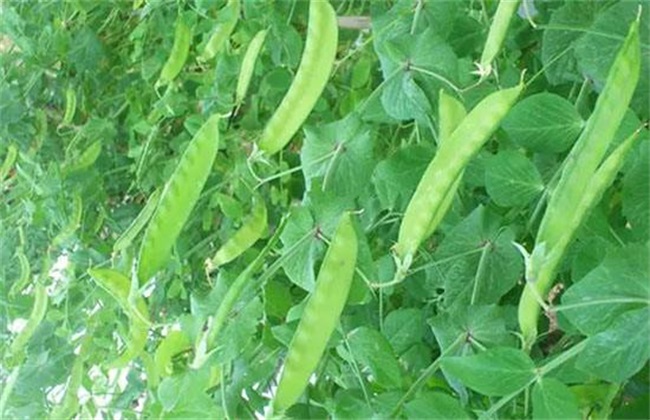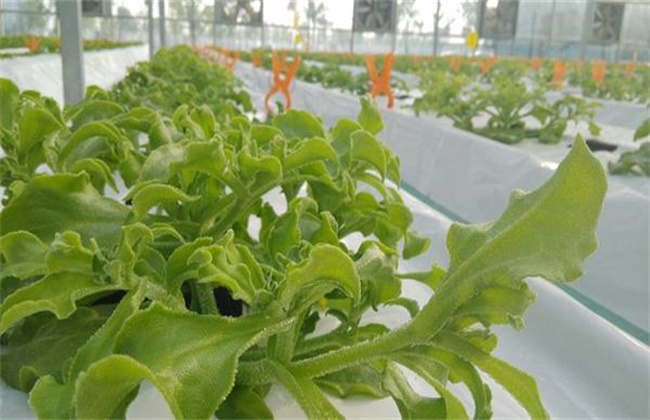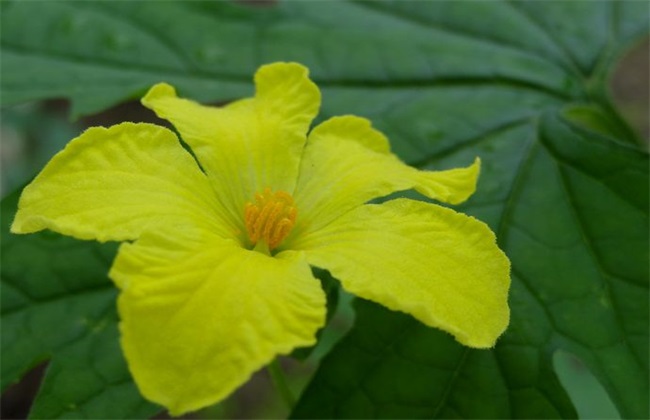Key points of cultivation techniques of Dutch Bean in greenhouse
Dutch bean is a kind of annual winding herbal food, which has a very large planting area in our country. The nutritional value of Dutch beans is very rich, containing protein, carbohydrates and other common nutrients. And there is also a unique plant lectin, which can promote the metabolism of the human body. So today, the editor will introduce to you the key points of cultivation techniques of Dutch beans in the greenhouse. Let's take a look at them.

1. Soil preparation and sowing
The sowing method of Dutch beans is generally based on direct seeding, and sufficient base fertilizer should be applied per mu before sowing, mainly farm manure and compound fertilizer. Flatten the soil deeply, and then make ridges to make beds. When planting, in order to improve the germination power of Dutch bean seeds. Germinate the seeds before sowing, then soak the seeds in water for about two hours, and then put them at a temperature of about 6 degrees for a week or so. When the buds grow to about 5mm, they can be sown. After sowing, it should be watered in time, the row spacing should be controlled, and the soil should be covered for heat preservation.
2. Field management
The field management of Dutch beans is also very important. During the period from sowing to before emergence, we do not need watering to prevent the seeds from absorbing too much water to cause swelling and cracking and reduce the emergence rate. After the seeds successfully break the soil, carry on the vegetative growth period, at this time, we should pay attention to do a good job in ploughing and weeding, properly watering and keeping the soil moist and not dry and cracked. When the branches and vines of the Dutch bean plant grow to about 30cm, the frame is built to meet the climbing habit of the Dutch bean. Then pay attention to watering, drip irrigation in the bud stage, and stop watering when entering the flowering stage.
3. Proper fertilization
Because Dutch beans have strong nitrogen fixation, so when planting, the demand for fertilizer is not very great. But mainly according to the variety, the growth ability of many Dutch bean varieties is relatively strong, planting density is relatively high. Therefore, it is necessary to apply fertilizer properly when planting, and these varieties need to be topdressing about three times during the whole growth period. The first topdressing was carried out during the trailing period, mainly farm manure. Then phosphorus and potassium fertilizer was applied in the podding stage to improve the disease resistance and podding rate of the plant.
4. Pest control
The prevention and control of diseases and insect pests of Dutch beans is also an important cultivation point. During the planting period, we should focus on the prevention and control of diseases and pests. In addition to topdressing phosphorus and potassium fertilizer, we should often observe the growth of Dutch beans, disinfect the garden regularly, eliminate the base of bacteria in the field, and avoid some unnecessary losses. Then do a good job in management, cut off diseased branches and leaves, and water and fertilize reasonably. When it is found that there is an abnormal situation in the plant, it is necessary to check the specific reason in time, and then take relevant measures.
The above is a brief introduction of the key points of cultivation techniques of Dutch beans in greenhouse. In fact, the cultivation technology of Dutch beans is not very troublesome, just do some basic management work. That's all for today's introduction. This article is for reference only. Thank you for your reading and support.
Related
- Where is it suitable to grow horseradish in China? it is expected to see the middle altitude horseradish in Alishan.
- How to prevent tomato virus disease reasonably? (Control methods included)
- Many people like to plant towel gourd on the balcony. What are the main points of this method and management?
- What crops can chili peppers be mixed with?
- Fertilization techniques and matters needing attention in Tomato
- What are the grafting techniques for peach seedlings in spring?
- Harm and control methods of root swelling disease of Chinese cabbage
- What are the pests of sweet potatoes? How to prevent and cure it?
- Symptoms, causes and Control methods of navel Rot in Tomato
- The cause of "Cucumber rotten bibcock" in Farmers' planting Cucumber and its Control Plan



